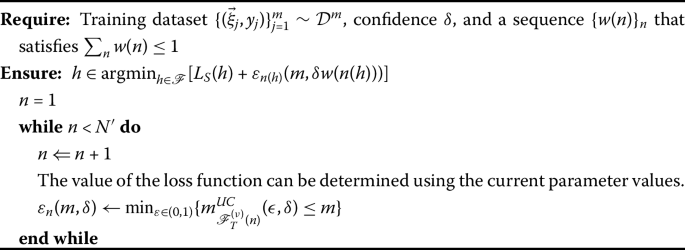Universal approximation property of a continuous neural network based on a nonlinear diffusion equation
IF 1.8
Q1 MATHEMATICS
引用次数: 0
Abstract
Abstract Recently, differential equation-based neural networks have been actively studied. This paper discusses the universal approximation property of a neural network that is based on a nonlinear partial differential equation (PDE) of the parabolic type. Based on the assumption that the activation function is non-polynomial and Lipschitz continuous, and applying the theory of the difference method, we show that an arbitrary continuous function on any compact set can be approximated using the output of the network with arbitrary precision. Additionally, we present an estimate of the order of accuracy with respect to △ t and △ x .

基于非线性扩散方程的连续神经网络的普遍逼近性质
近年来,基于微分方程的神经网络得到了积极的研究。本文讨论了一类基于抛物型非线性偏微分方程的神经网络的普遍逼近性质。基于激活函数是非多项式和Lipschitz连续的假设,应用差分法理论,证明了任意紧集上的任意连续函数可以用网络的输出以任意精度逼近。此外,我们提出了关于△t和△x的精度阶数的估计。
本文章由计算机程序翻译,如有差异,请以英文原文为准。
求助全文
约1分钟内获得全文
求助全文

 求助内容:
求助内容: 应助结果提醒方式:
应助结果提醒方式:


